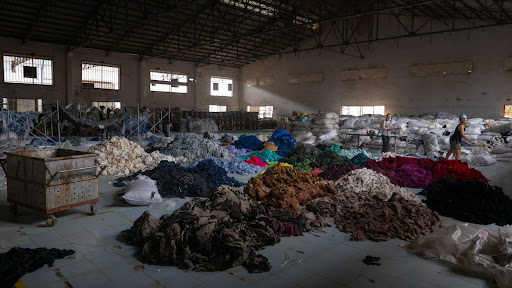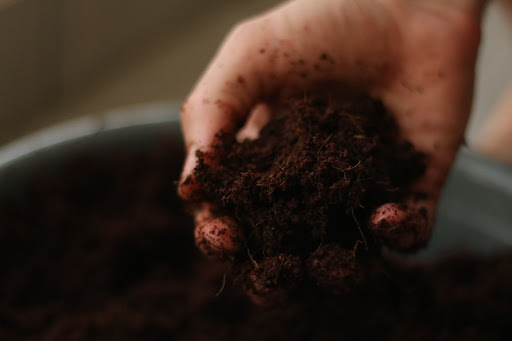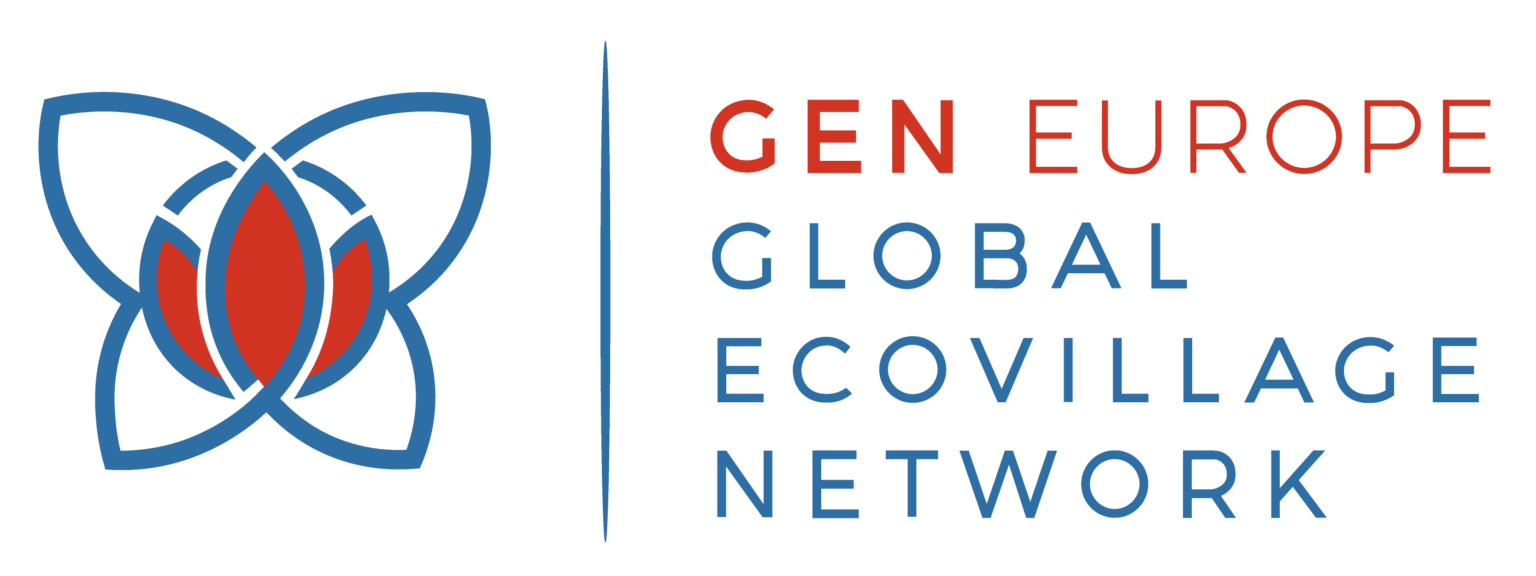Sustainable business model for ecovillages
Written by: Lina Cirvinskiene
We all know that we face a crisis – unstable times where there is a high level of uncertainty for the future and still a lack of solutions for transformation towards life within planetary boundaries. Though transformation towards sustainability is needed as much as urgent actions for that. The ecovillages have an experience of a low impact lifestyle for many years and are pioneers in creation of sustainable innovative solutions. Now they could become a driver for this transition towards sustainability by creating and sharing the best practices and new sustainable innovations.
Lithuanian National Network has a goal to pave the path for implementing a transition to a regenerative economy where the main focus is the nature and well-being of all parts of it. Our network, as a part of the GEN Europe community, wants to share with you our created textile products project which is based on circular economy principles. It is a regenerative business model where a textile product at the end of its life cycle becomes a fertilizer for agriculture (permaculture).

The problem
A staggering 150 billion items of clothing are produced globally every year.(1) Some of them are needed, some – not so much, and some are never even being sold or worn. No matter the value of the clothing (aesthetic, monetary or other) and their longevity, all of them are eventually discarded. Only less than 1% of clothing is currently being recycled, due to expensive and complicated technology and a lack of infrastructure. A further 12% is down-cycled into less valuable items such as insulation materials, mattress filling and cloths. The rest is buried in landfills or incinerated, creating colossal environmental problems. It takes up to 200+ years for textiles to decompose in a landfill, and during this process they generate greenhouse methane gas, exude toxic chemicals and dyes into the groundwater and soil.(2)

The solution
Our initiative called “Regenerous” has been born with a vision to create a world where clothes don’t get thrown away to decay for centuries and pollute our environment. Instead, they reincarnate as fruit, and flowers, and butterflies, and rainbows! They create new life on Earth, instead of slowly killing what’s left.
“Regenerous” clothes are designed and produced to be safely returned back to the soil at the end of their lifetime, once they are no longer suitable to wear. They are completely free from synthetic components or chemical dyes, including trims, labels, and packaging. Not only do they decompose safely, but they also fertilize the soil and make it better for new growth! This is achieved by adding soil-enriching fiber ingredients, such as hemp, wool, or seaweed into fabric composition.
In this journey, we are guided by the principles of circular economy (biological loop) – to eliminate waste, circulate products and materials at their highest value, and regenerate nature. For us, it is not enough to do less harm and be more sustainable. With our products, we aim to restore the exhausted natural resources and serve the entire ecosystem, both social and environmental. We follow nature as our main role model in designing our products and engineering their pathway from the origins to the end. Nature is cyclical and infinite – a waste of one cycle becomes a resource for another cycle. Man-made products could be the same.
The important role of GEN communities
The idea of regenerative clothing can not be viable without the involvement of clothing “owners” themselves. Figuratively speaking, a t-shirt can become a salad only if it’s correctly taken care of at the end of its clothing life. For that purpose, we invite GEN Europe communities to become the co-creators of this unique product model, the first of its kind in the world, and be our first partners to run the complete wearing cycle and turn “Regenerous” clothing into a fertilizer.
Regarding the regeneration process, after the t-shirt is worn out, we are currently collaborating with two accredited science institutions, to develop a detailed process that will provide us with the best outcomes in terms of soil improvement, energy efficiency, and ease of application. There are several methods that could be performed on individual and industrial levels, and once the initial laboratory testing is finalized, we will present you with detailed instructions on how we will take care of “Regenerous” clothing once you return it back to us, or how to take care of it independently by yourself. Also, a certain percentage of sales from this pilot batch will go back to GEN Europe as an organization to help fundraise for other meaningful projects and initiatives.
(1) Maxine Bedat “Our love of cheap clothing has a hidden cost – it’s time for a fashion revolution” in World Economic Forum, 2016
(2) Nathalie Remy, Eveline Speelman, Steven Swartz “Style that’s sustainable: A new fast-fashion formula” in McKinsey Sustainability, 2016


